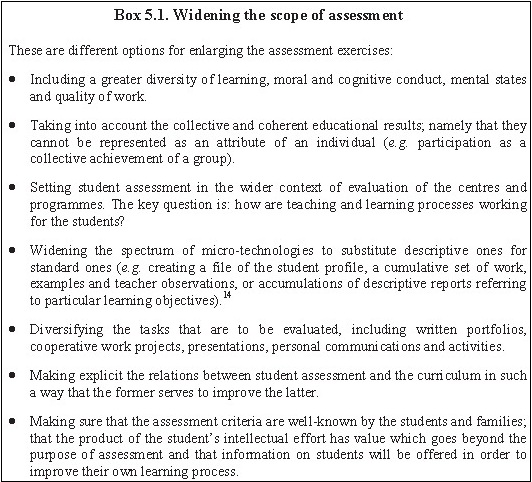Centre for Educational Research and Innovation - CERI
Innovating to Learn, Learning to Innovate
Executive summary || Table of contents || How to obtain this publication
|
ISBN: 9789264047976
|
Innovating to Learn, Learning to Innovate
OECD economies have experienced the transformation from their traditional industrial base to the knowledge era, in which learning and innovation are central. Yet, many of today’s schools have not caught up: they continue to operate as they did in the earlier decades of the 20th century. How can learning within and outside schools be reconfigured in environments that foster the deeper knowledge and skills so crucial in the 21st century? To succeed in this is important not only for a successful economy, but also for effective cultural and social participation and for citizens to lead fulfilling lives. This book summarises and discusses key findings from the learning sciences, shedding light on the cognitive and social processes that can be used to redesign classrooms to make them highly effective learning environments. It explores concrete examples in OECD countries, from alternative schools to specific cases in Mexico, in which the actors are seeking to break the mould and realise the principles emerging from learning science research. The book also asks how these insights can inspire educational reform for the knowledge era, in which optimising learning is the driving aim and in which innovation is both the widespread catalyst of change and the defining result. Innovating to Learn, Learning to Innovate will be of particular interest to policy makers, researchers, teachers, students and families. It is published by the OECD Centre for Educational Research and Innovation (CERI).
|
Executive summary
OECD economies have experienced the transformation from their traditional industrial base to the knowledge era in which learning and innovation are central. Yet, many of today’s schools have not caught up as they continue to operate as they did in the earlier decades of the 20th Century. How can learning within and outside schools be reconfigured in environments that foster the deeper knowledge and skills so crucial in our new century? To succeed in this is not only important for a successful economy, but also for effective cultural and social participation and for citizens to live fulfilling lives.
-
Executive Summary
-
Chapter 1: The Search for Innovative Learning Environments
-
Chapter 2: Optimising Learning Implications of Learning Sciences Research
-
Chapter 3: Toward Research-based Innovation
-
Chapter 4: The Contribution of Alternative Education
-
Chapter 5: Situated Pedagogies, Curricular Justice and Democratic Teaching
-
Chapter 6: The Construction of Learning Environments Lessons from the Mexico Exploratory Phase
-
Chapter 7: What Makes Innovations Work on the Ground?
-
Chapter 8: The Dynamics of Innovation Why Does it Survive and What Makes it Function
-
Chapter 9: Open Learning A Systems-driven Model of Innovation for Education
-
Annex A - Summaries of the Four Mexican Case Studies
 |
How to obtain this publication
Readers can access the full version of Innovating to Learn, Learning to Innovate choosing from the following options:
-
The online edition via the Oecd's iLibrary.
-
Purchasing a copy via our Online Bookshop.
-
Order from your local distributor.
-
Government officials can go on OLIS.
-
Access by password for accredited journalists.
Related Documents
